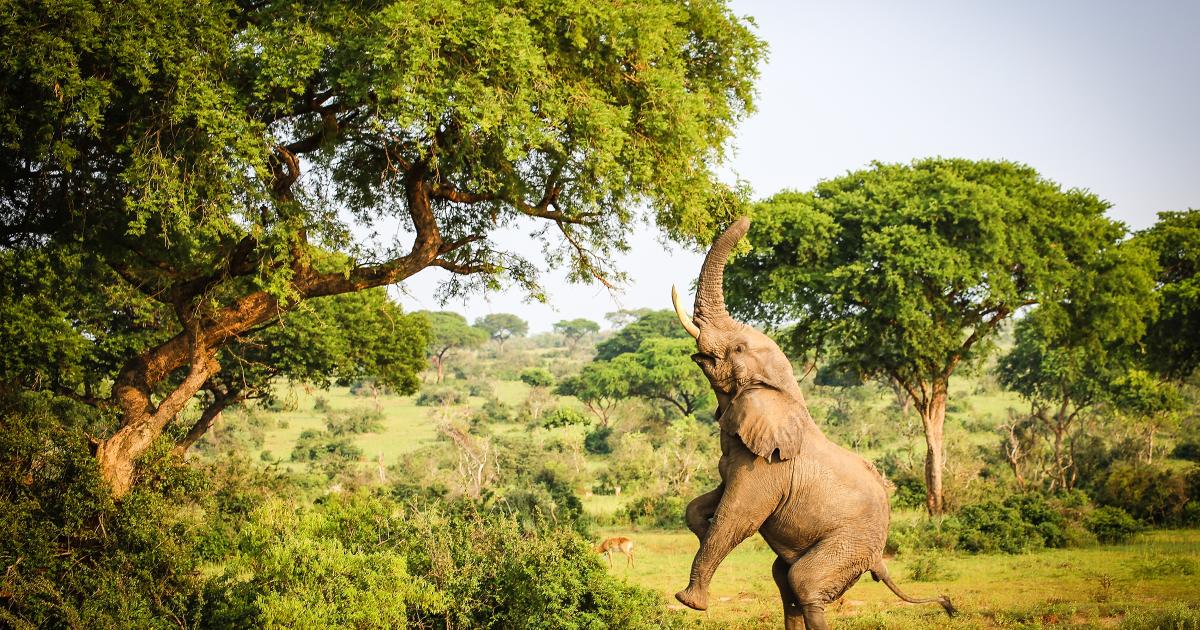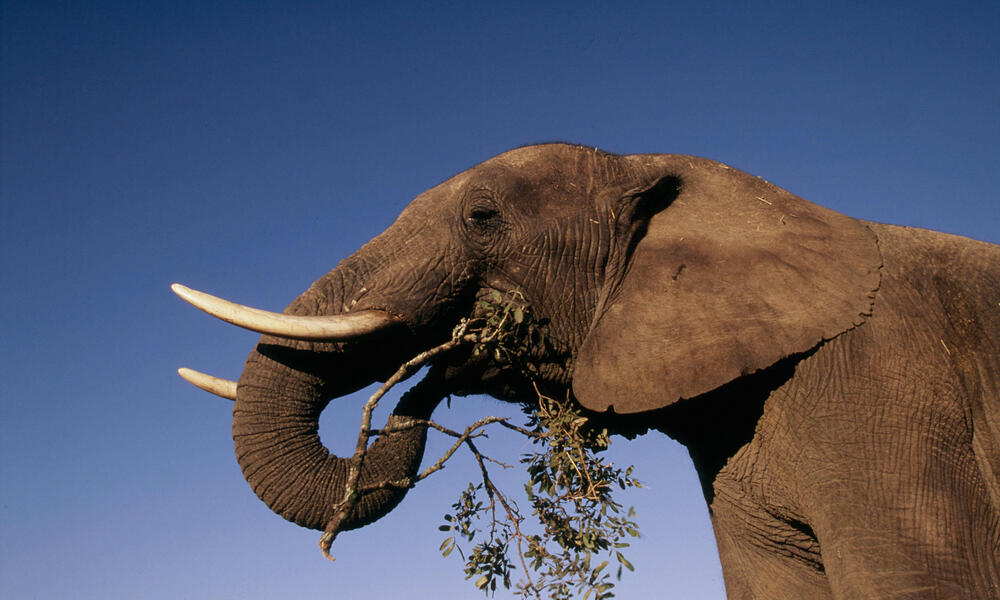Africa is home to an incredible array of savannas, each with their unique ecology and biodiversity. From the vast grasslands of the Serengeti to the acacia woodlands of Ngorongoro, Africa\’s savannas are a tapestry of life.
These habitats provide shelter for numerous species including lions, elephants, zebras, giraffes, and wildebeests – all interacting in this intricate ecosystem. The diversity between these different regions can be seen in their vegetation cover as well as animal behavior; yet they all share one common trait: resilience.
Despite threats from climate change and human activity, African savannas remain vibrant and vital ecosystems that must be preserved for future generations to appreciate and enjoy. This article will explore the many facets of Africa\’ss diverse savanna landscapes, providing insight into why these habitats are so important for wildlife and people around the world.
Unique Ecosystems and Biodiversity

Source: www.nrdc.org
The African Savanna\’s unique ecosystem hosts an incredible array of biodiversity. From giant elephants to tiny dung beetles, vast grasslands, and diverse woodlands, the savannas are home to some of the world’s most remarkable species.
But it\’s not just large animals that inhabit this vibrant landscape; there are also smaller creatures like lizards, snakes, frogs, and birds. The diversity of life in these regions is truly astonishing! As well as providing habitat for many species, African Savannas support critical ecological processes such as pollination and nutrient cycling.
This rich environment creates a complex web of interactions between plants and animals, allowing them to thrive over thousands of years. As climate change threatens global ecosystems, it has become increasingly essential to protect and conserve these precious habitats so their unique biodiversity can be preserved for generations to come.
Adaptations of Species in the Savanna

Source: www.worldwildlife.org
The African savanna is a tapestry of life, and one of the most remarkable aspects of this diverse landscape is the adaptations that species have made to survive in such an environment. From antelopes outrunning predators with their impressive speed and agility to elephants using their trunks to access food supplies from high branches, animals have evolved unique behaviors and characteristics suited for the savanna’s particular conditions.
Many birds too are well-adapted for life on the grassy plains, taking advantage of seasonal rains by nesting during wetter periods before dispersing into drier areas when water becomes scarce. Even plants have adapted to thrive in this environment—for example, some trees store moisture during dry spells while others rely on deep roots that can reach groundwater far beneath the surface. All these incredible adaptations make it possible for wildlife populations to persist even amid harsh climates or changing seasons.
Conservation Efforts for African Savannahs

Source: www.worldwildlife.org
Conservation efforts for African savannas are of utmost importance due to their immense biodiversity. The unique ecosystems of the African Savannahs contain a wide variety of plants, animals, and organisms that have adapted over thousands of years to survive in this arid environment.
However, with rapid human development in recent decades, many areas have been degraded or destroyed by development projects such as mining and agriculture. To protect these vital habitats from further destruction conservation strategies must be implemented which involve both local communities and international organisations.
One way to help conserve the African Savannas is through community-based conservation initiatives which empower members of the local population to be stewards of their ecosystem. These projects often focus on education programs aimed at raising awareness about sustainable land management practices as well as providing economic incentives for people living near nature reserves or wildlife parks so they can benefit from conserving rather than exploiting natural resources.
Additionally, governments must also enforce laws prohibiting poaching and other activities which damage fragile ecosystems such as illegal logging or burning woodlands for charcoal production. International cooperation is also essential when protecting African Savannas since many species migrate across borders between countries.
Conclusion

Source: thelevantnews.com
Overall, the African savannahs are a unique and complex environment that is full of diverse species. From large mammals like elephants and lions to small insects and plants, this tapestry of life has been an integral part of Africa\’s culture for centuries.
To explore this incredible ecosystem in person, Kenya Packages offer unparalleled opportunities to see wildlife up close in their natural habitat. Whether you\’re looking for a safari adventure or want to take in the sights from afar, visiting these awe-inspiring African savannas is sure to be an unforgettable experience.